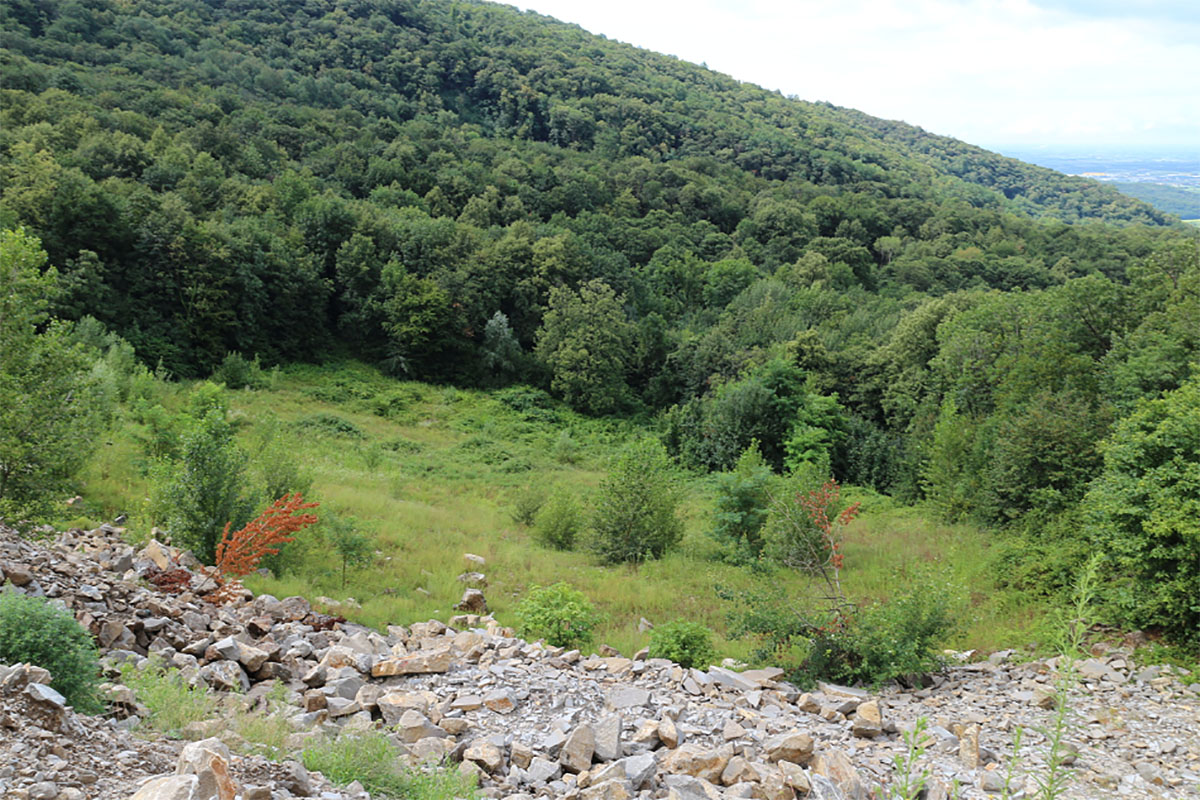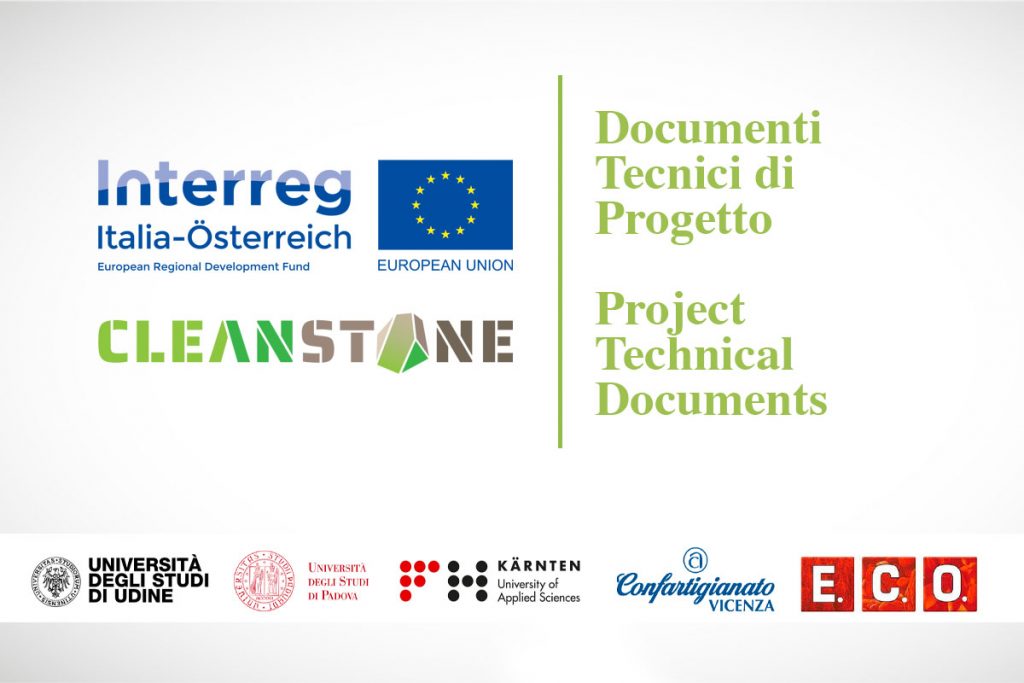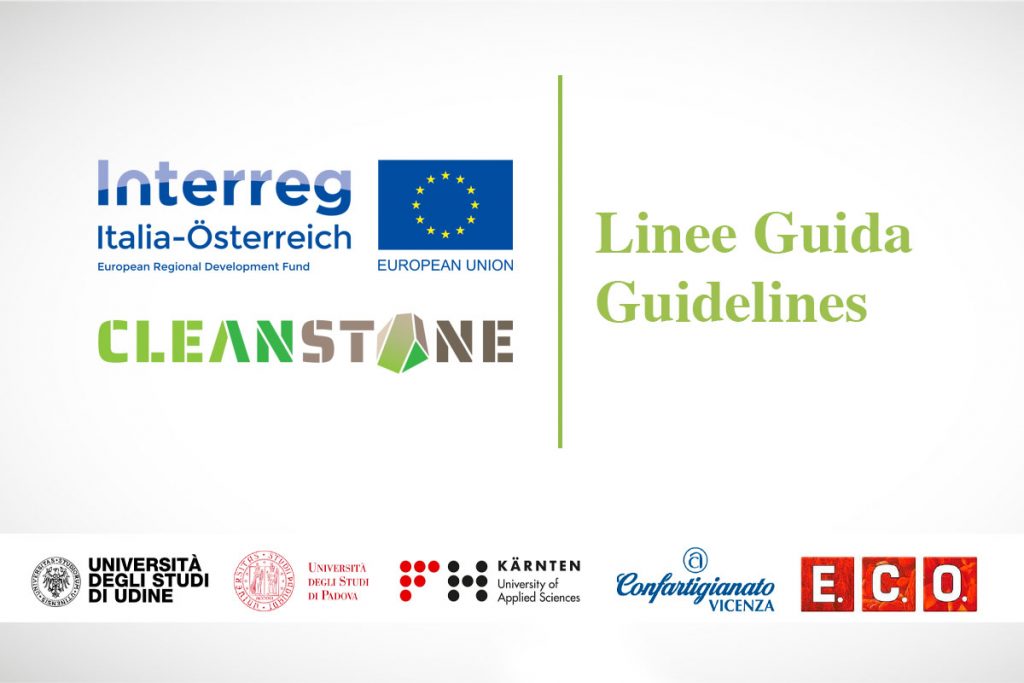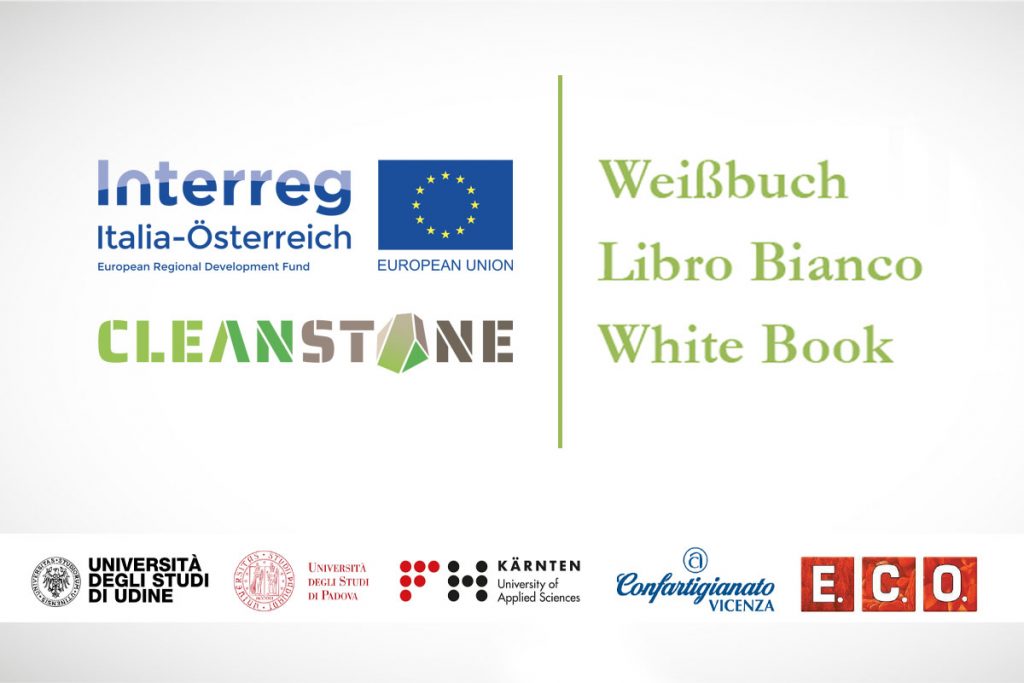
Amid intensely used cultural landscapes, quarries can become hotspots for biodiversity as areas of disturbance. In the Interreg project CLEANSTONE we are dealing with quarries as special habitats.
A quarry always represents a massive intervention in nature and landscape. However, studies have shown that quarries can be an important habitat for many animal and plant species if responsible mining methods and adapted recultivation measures are applied.
After quarrying is completed, insect species, spiders, bats and birds are strongly represented there –and in some cases species that are only found in very few places, such as the eagle owl, yellowhammer, tiger beetle and nose-horned viper.
Furthermore, studies over the last 20 years show that the mosaic-like habitats of a quarry, such as sandy areas, small wetlands, rubble and rocky areas, produce a much higher species diversity after two to three decades than, for example, a closed spruce forest that was previously located at this site.
Safeguarding evidence and monitoring success with the Long-term Biodiversity Index (LBI)
Restoration and recultivation of large construction sites, landfill sites, or former industrial sites or quarries is a major challenge for conservation. To meet this challenge, E.C.O. has developed the LBI (Long-term Biodiversity Index), a tool for safeguarding evidence and monitoring the success of ecological compensation measures which proves extremely useful in the CLEANSTONE project.
Articolo pubblicato il 6 October 2021



